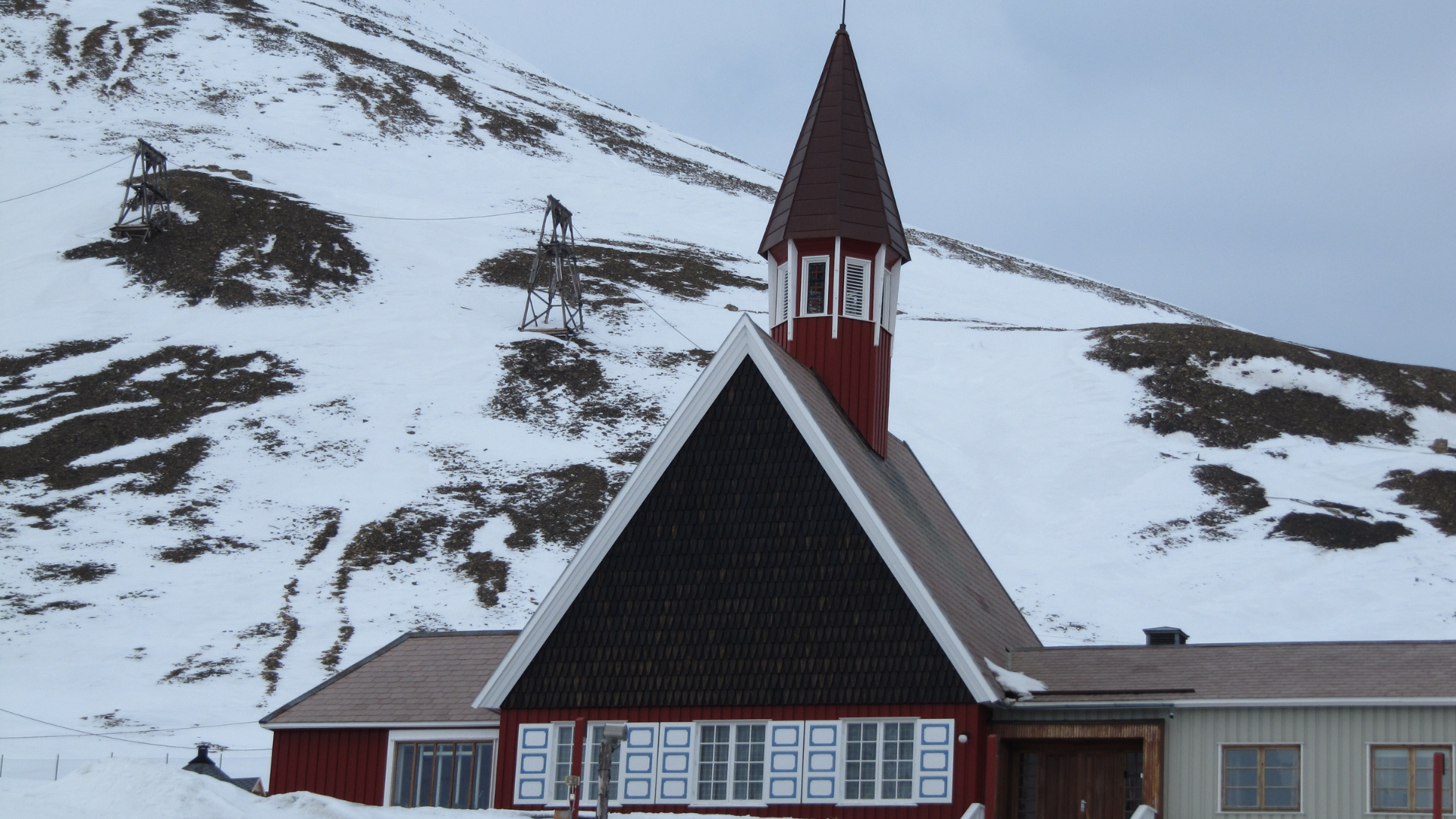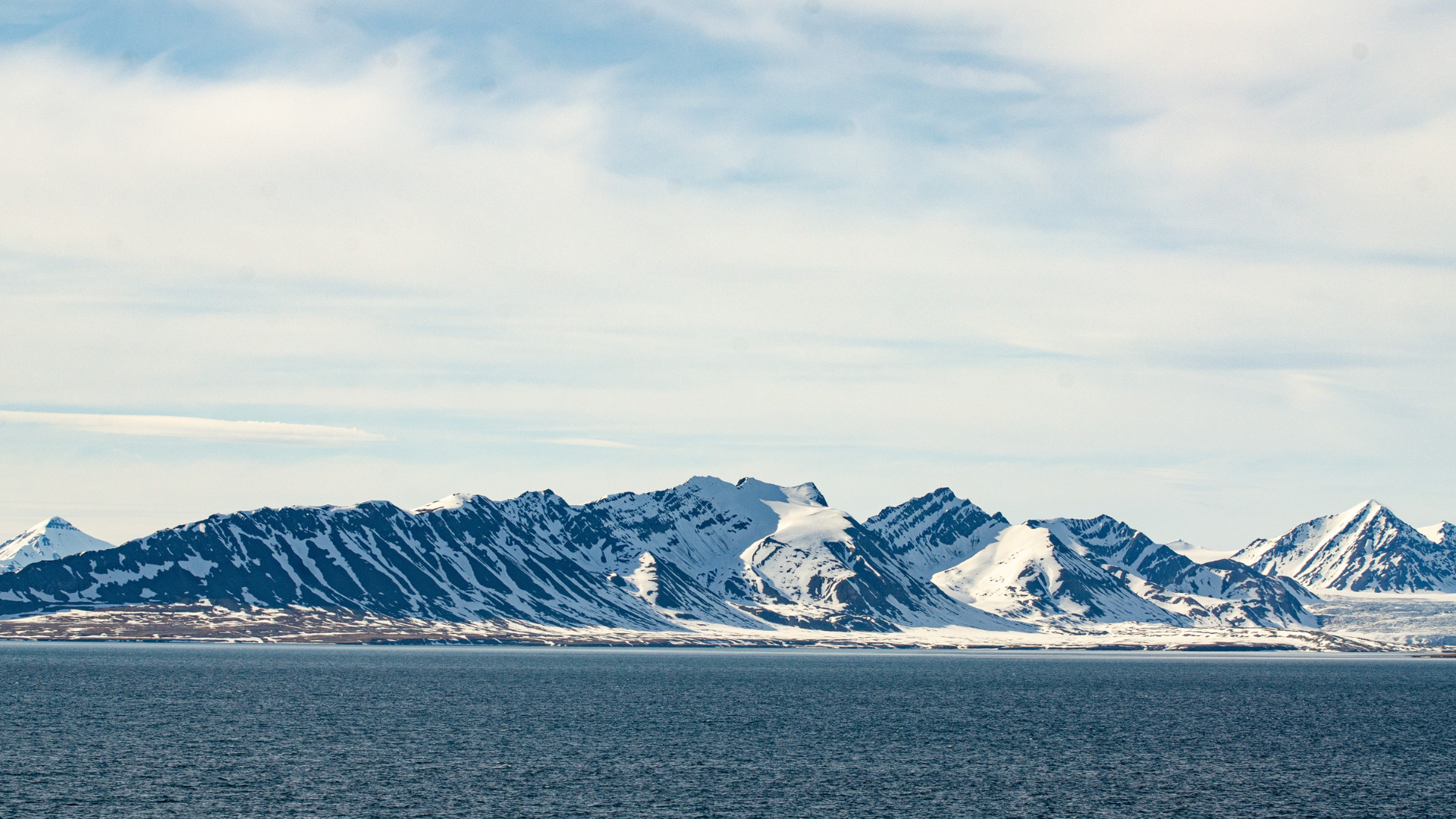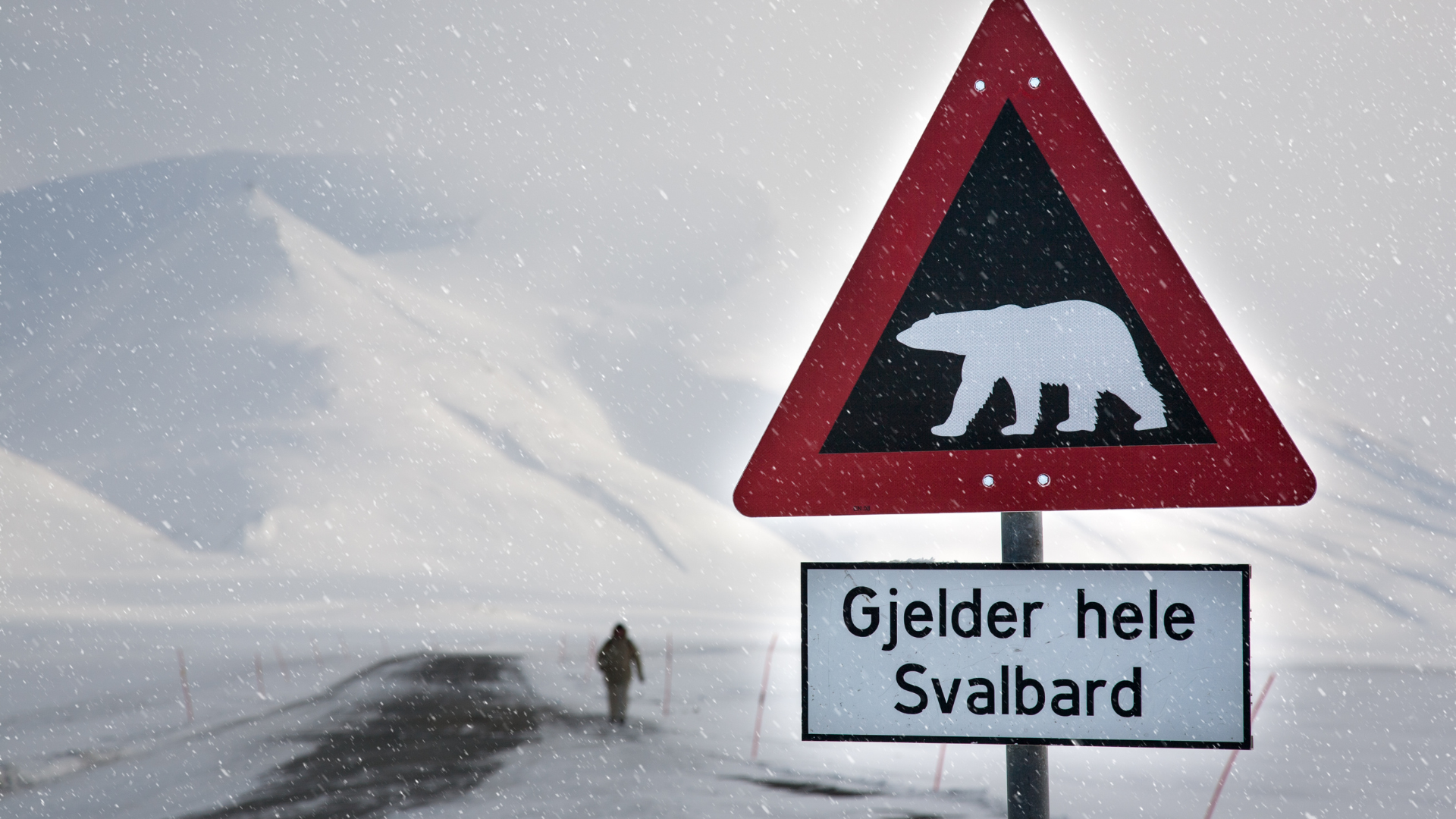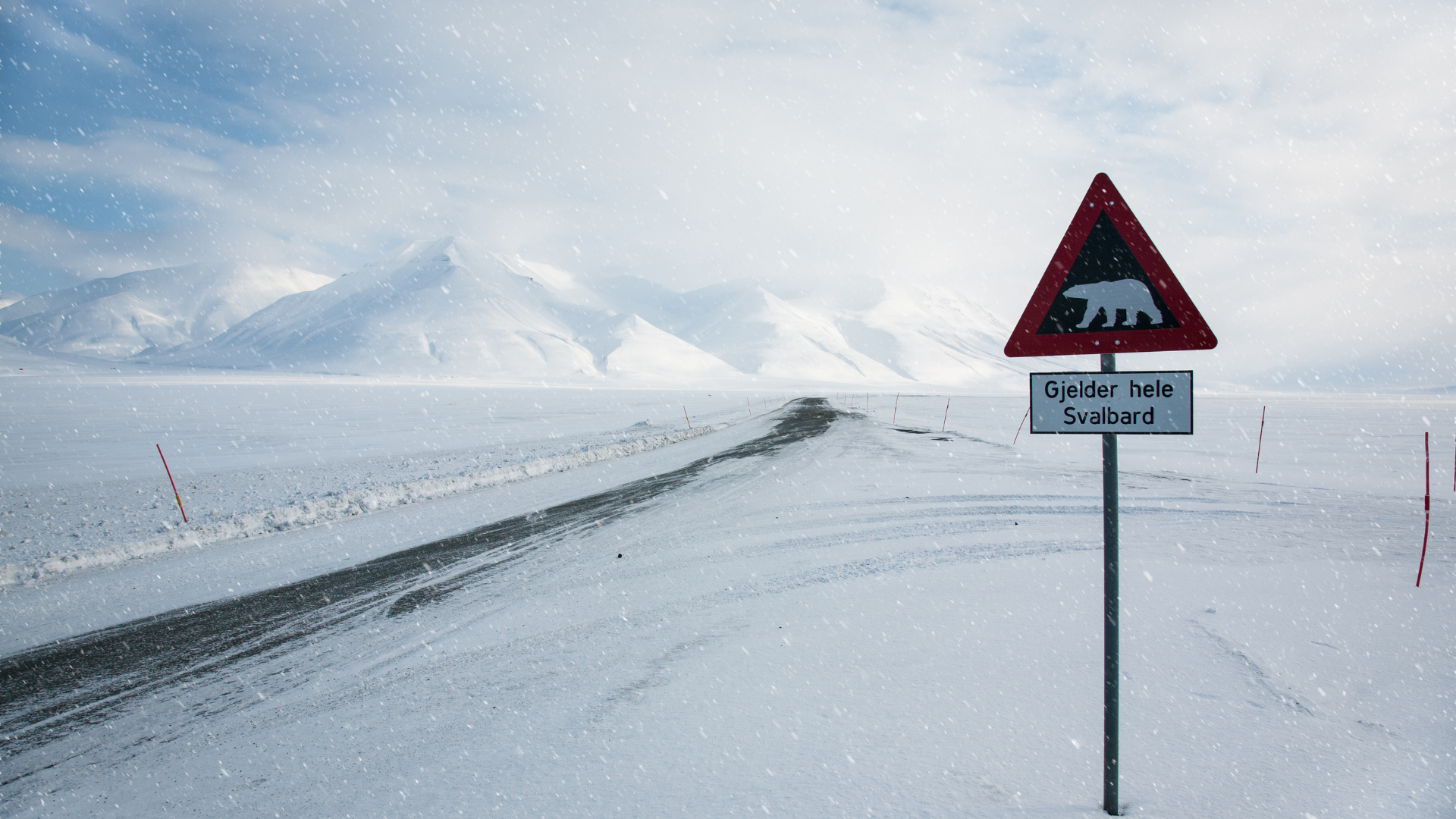Spitsbergen: How to Prepare in Summer
Spitsbergen: How to Prepare in Summer
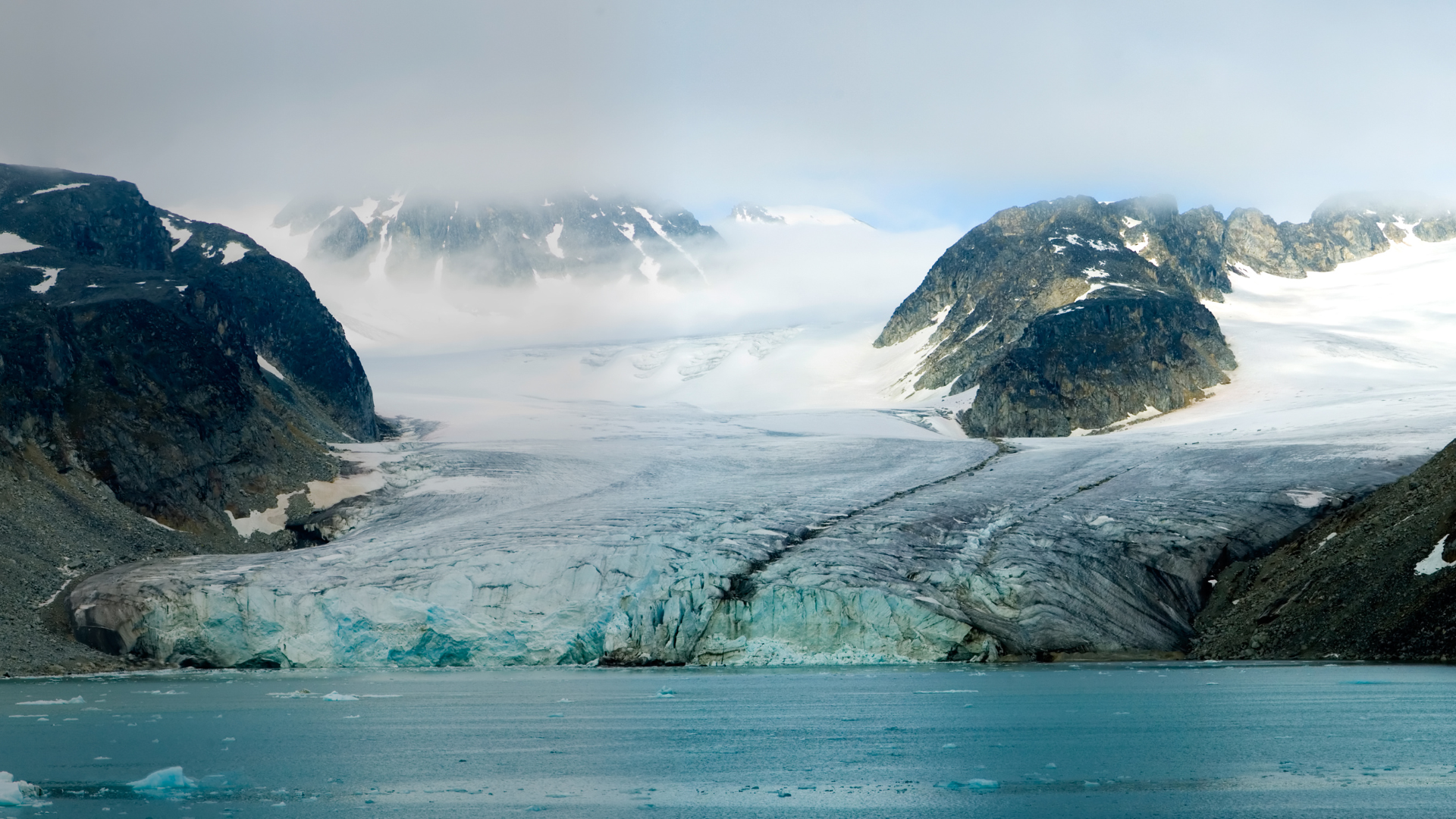
Summer in Spitsbergen, from late May to early September, is a time of endless daylight and milder temperatures, making it an ideal season for exploring the Arctic wilderness. Preparing for a summer trip to Spitsbergen requires thoughtful planning to ensure you are equipped for the unique conditions and opportunities this season offers. Here’s a guide on how to prepare for a summer adventure in Spitsbergen.
First and foremost, pack appropriate clothing. Even in summer, the weather in Spitsbergen can be unpredictable and chilly, with temperatures ranging from 3°C to 7°C (37°F to 45°F). Dressing in layers is key to staying comfortable. Start with a moisture-wicking base layer, followed by insulating layers such as fleece or wool, and finish with a waterproof and windproof outer shell. Don’t forget a warm hat, gloves, and a scarf, as the wind can be biting even on clear days.
Sturdy, waterproof hiking boots are essential for navigating the varied terrain, which can range from rocky paths to muddy tundra. Gaiters can be useful for keeping debris and water out of your boots. Given the constant daylight, a good pair of sunglasses and sunscreen are crucial to protect your eyes and skin from the intense Arctic sun. A lightweight, breathable hat can provide additional sun protection.
Next, prepare your gear for outdoor activities. Binoculars and a camera with a good zoom lens are must-haves for wildlife watching and capturing the stunning landscapes. A tripod can be useful for stable shots, especially during boat trips or glacier hikes. If you plan to kayak, hike, or participate in other guided tours, ensure you bring any recommended personal gear such as a daypack, water bottle, and snacks. Many tour operators provide specialized equipment, but it’s always good to confirm in advance.
In terms of logistics, booking your accommodations and tours well in advance is essential during the busy summer season. Longyearbyen, the main hub for visitors, offers a range of accommodations from budget hostels to upscale hotels. Popular tours, including glacier hikes, wildlife safaris, and boat trips to remote fjords, can fill up quickly, so securing your spot early ensures you don’t miss out on these experiences.
Health and safety considerations are also crucial. While Spitsbergen is relatively safe, its remote location and harsh environment mean that visitors must be prepared for emergencies. Carry a basic first aid kit with bandages, antiseptics, any personal medications, and remedies for common ailments such as headaches or upset stomachs. Travel insurance that covers emergency evacuation is highly recommended, as medical facilities on the island are limited.
Communication is another aspect to consider. While Longyearbyen has good mobile coverage and internet access, many remote areas do not. Inform someone of your travel plans and expected return times, especially if venturing out on self-guided hikes. Satellite phones or personal locator beacons can provide added security in case of emergencies.
Respecting the local environment and wildlife is paramount. The Arctic ecosystem is fragile, and human impact can have significant consequences. Follow the principle of “leave no trace” by minimizing waste, sticking to established trails, and avoiding disturbing wildlife. Polar bears are a constant presence, and their safety, as well as yours, depends on maintaining a safe distance. Always follow the advice of local guides and never approach or feed wildlife.
Cultural preparation can enhance your experience. Learning about the history, culture, and environmental significance of Spitsbergen before your trip can provide a deeper understanding and appreciation of the place. The Svalbard Museum in Longyearbyen is a great resource for learning about the island’s history, from early exploration to contemporary scientific research.
Finally, be mentally prepared for the unique conditions of the Arctic summer. The 24-hour daylight can be disorienting, affecting sleep patterns. Consider bringing an eye mask to help regulate your sleep. Embrace the continuous daylight as an opportunity to explore at any hour, but pace yourself to avoid fatigue.
Preparing for a summer trip to Spitsbergen involves thoughtful planning and packing to ensure you are ready for the unique Arctic conditions. With the right clothing, gear, and mindset, you can fully enjoy the breathtaking landscapes, abundant wildlife, and endless daylight that make Spitsbergen a truly remarkable destination.



